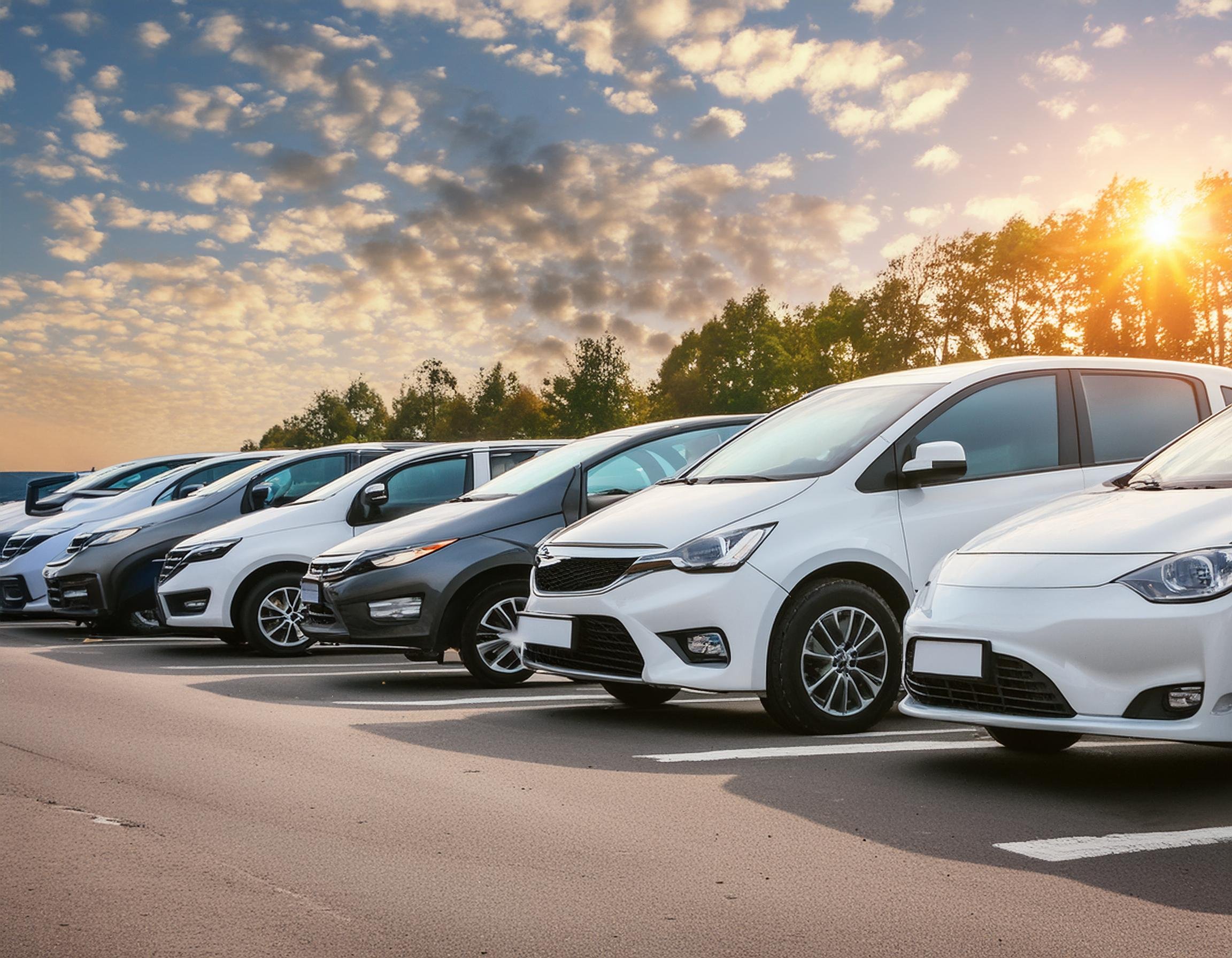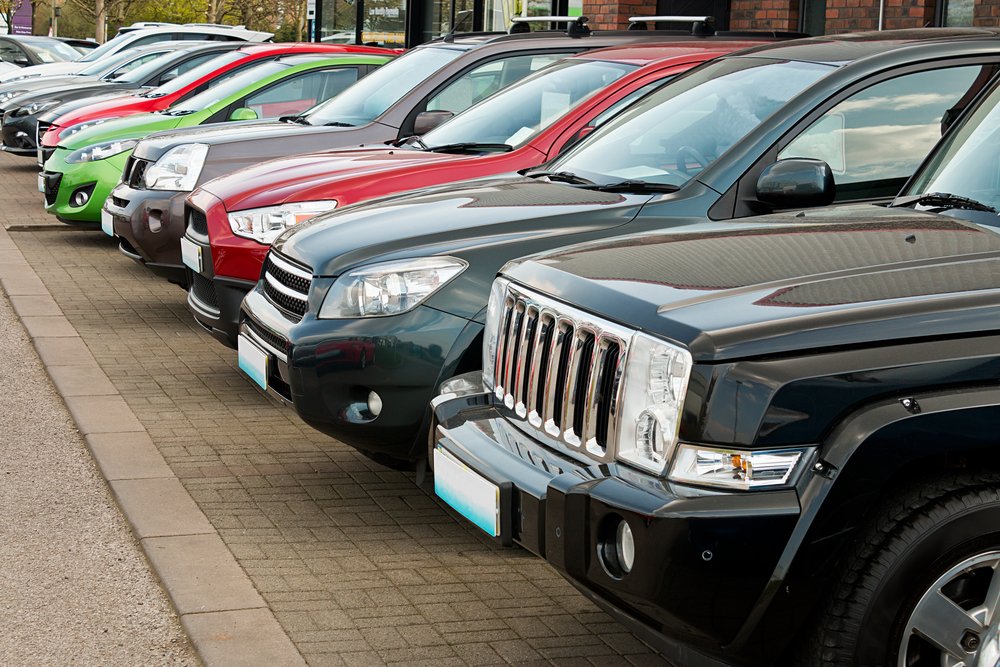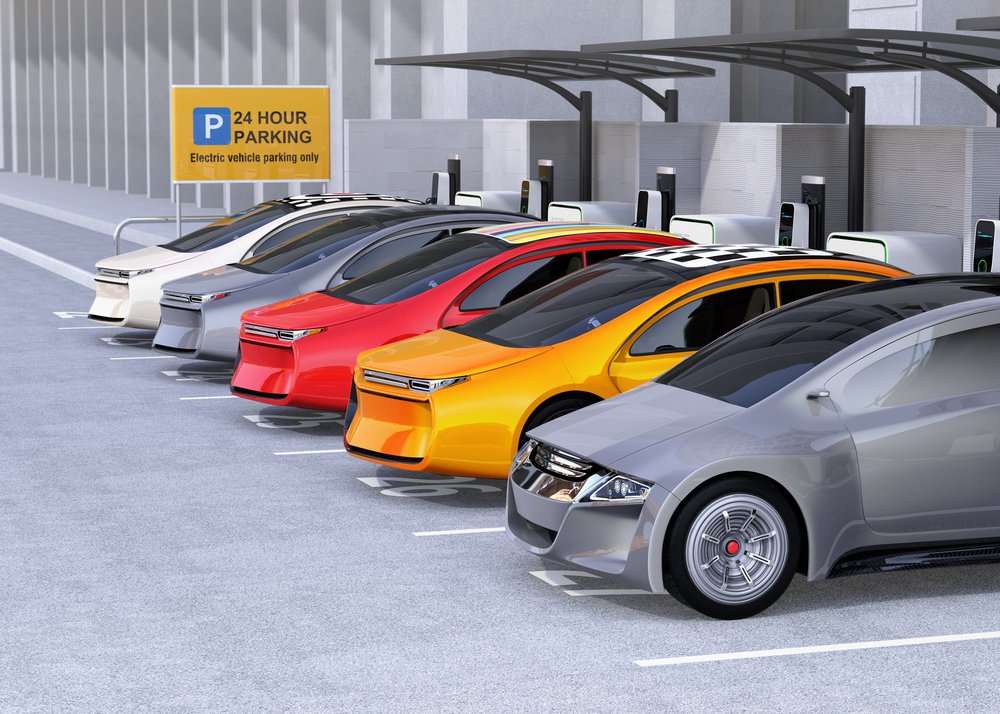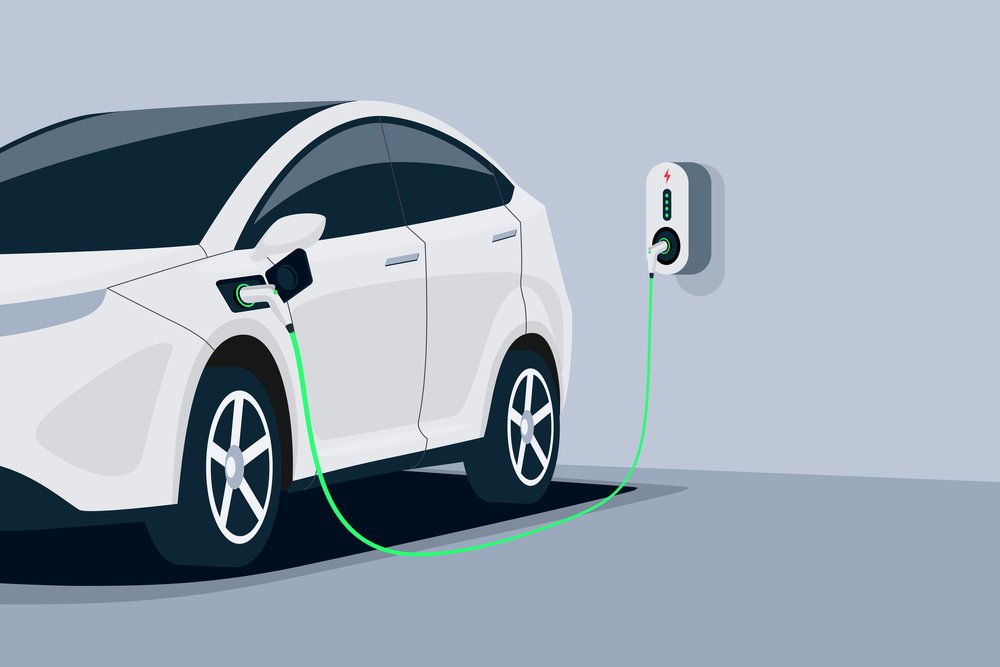
The transition to electric vehicles can be done but the timeframe mandated by governments around the world may not make it possible to be done right, an automotive leader recently warned.
It’s all about creating a sustainable transition, Leila Afas, director of global public policy at Toyota Motor North America, said during the recent MEMA Aftermarket Suppliers Global Summit in Florida.
“We need to make sure we have the sourcing, we need to make sure we have the consumer adoption and we need to make sure that our supply base is able to transition,” she said.
The timing feels almost equivalent to a transition being made overnight to much of the public. What happens to parts makers when the average age of a vehicle in the U.S. is nearly 13 years and nearly 15 years in sub-Saharan Africa?
“So we still need to make these parts,” Afas said. “That’s a humanitarian issue — being able to replace and update these cars that are already there.”
Most people can’t afford the price of a new vehicle, or even a used one. EVs are generally priced higher than comparable ICE vehicles.
“It shows that it’s not [usually] by choice somebody drives a 25-year-old Toyota Corolla,” Afas pointed out. “So that’s the thing — we need to make sure that it’s sustainable.”
An attendee asked what would be a more realistic goal for electrification and if delaying it a handful of years would make a difference. Afas didn’t give a specific timeline but noted a change is likely necessary.
“The direction is there,” she said. “Let’s bend that slope a little more towards reality.”













Leave a Reply